
Tip #1: Closet Sharing
Don't buy new outfits just for school. This is a neighbor exchange project that can save you a lot. Kids grow out of their clothes quickly and often they have little wear. Before school starts, get your friends and neighbors together and put out the clothes you no longer need. For every item you give, you get one back in return in a size that fits your growing student.
|
Projected Savings
$231 per child
The National Retail Foundation says that parents spend more than $231 per child on school clothes.
|
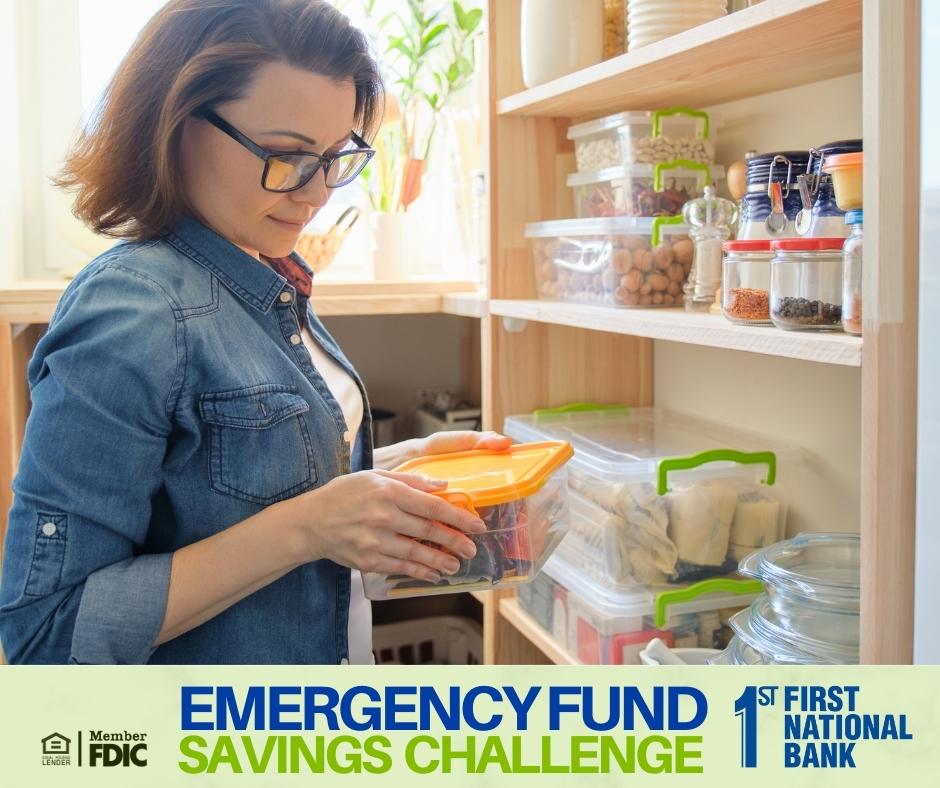
Tip #2: The Pantry Cleanout
Select one week this month to use only items from your pantry, cupboards or freezer. This excludes perishable items you may need, like milk.
Check the product labels to pick those items nearer their expiration date, so nothing goes to waste. Get creative and have fun putting together some potluck style meals and recipes.
|
Projected Savings
$53 per person in your household
That's what the USDA says an average family spends on groceries per person
|
|
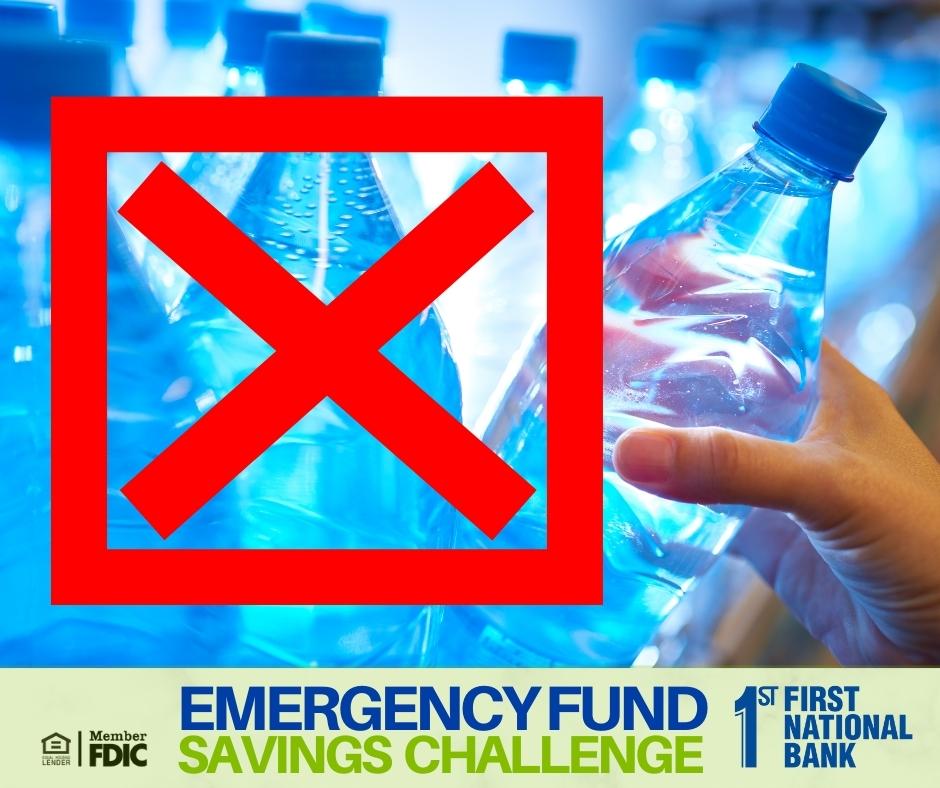
Tip #3: Drink from the Tap
News Flash: Water is basically free. You don't need to buy expensive bottled water just because you see other people with it in their shopping carts. In fact, the government is more of a stickler with testing and regulations on public drinking water than it is on bottled water. Fill a reusable bottle with your tap water. Tap water is not only way cheaper, but is also just as safe.
|
Projected Savings
Bottled water can cost anywhere from $0.89 to $8.65 per gallon.
Considering that most bottled water comes from a municipal tap with no additional filtering, this is a hefty price to pay for water that is of potentially lower quality than what you have at home.
|
|
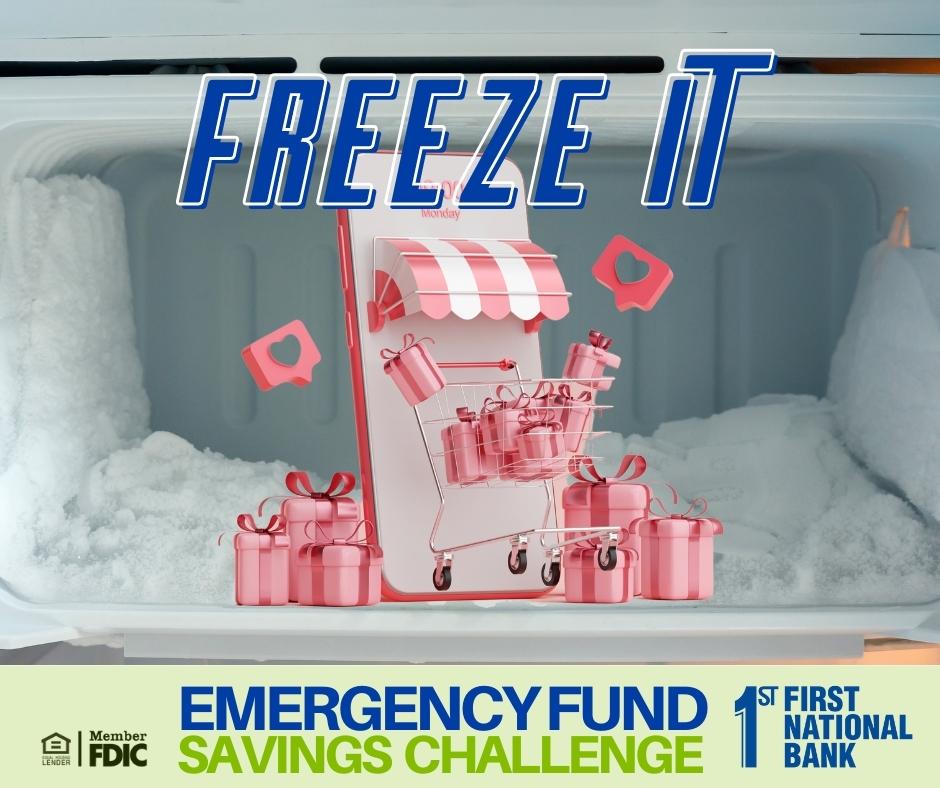
Tip #4: Freeze Your Spending.
We spend a lot of extra money on random things we don't really need. Instead of making impulse buys, try a spending freeze. How? Simple. Only shop with a list of essentials and don't buy anything you can't live without for an entire month.
|
Projected Savings
A 2022 Slickdeals survey found that Americans spend an average of $314 a month on impulse purchases. That's more than $3,700 a year spent on unplanned purchases. That's a HUGE amount to save.
Not spending money is the best way to save it.
|
|

Tip #5: Switch Grocery Stores
Instead of shopping at big-name grocery stores, try a discount chain like Aldi. As long as you don't mind bagging your own groceries and renting a cart for a (refundable) quarter, you can save a lot of money. Even if you only save $25 a week, you'll still have $100 in your wallet when the month is over! So, take a good look at your grocery shopping habits and see where you can save.
P.S. Don't forget to actually stick to your grocery list. That's a big deal.
|
Projected Savings
You can save an estimated $25 per week shopping at a discount grocery store. Over 60 days, that's $200 to stick in your Emergency Fund.
|
|
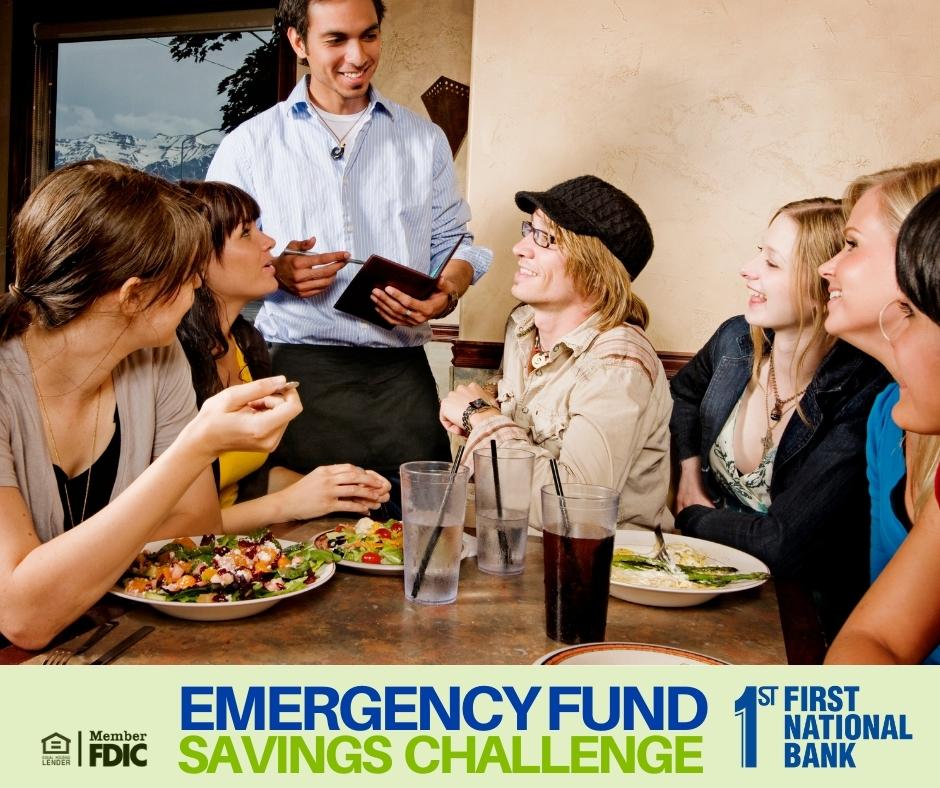
Tip #6: Skip the Drink at Restaurants
Did we mention water is free? That includes when you're at a restaurant too. Skip the soda, the sweet tea or your adult beverage of choice and opt for the free H2O. This is a simple - but stellar - way to save.
|
Projected Savings
The average cost of a soda at a restaurant is $4. For a family of 4, that's $16 for one meal out. If you eat out 4 times a month, that's $64!
|
|
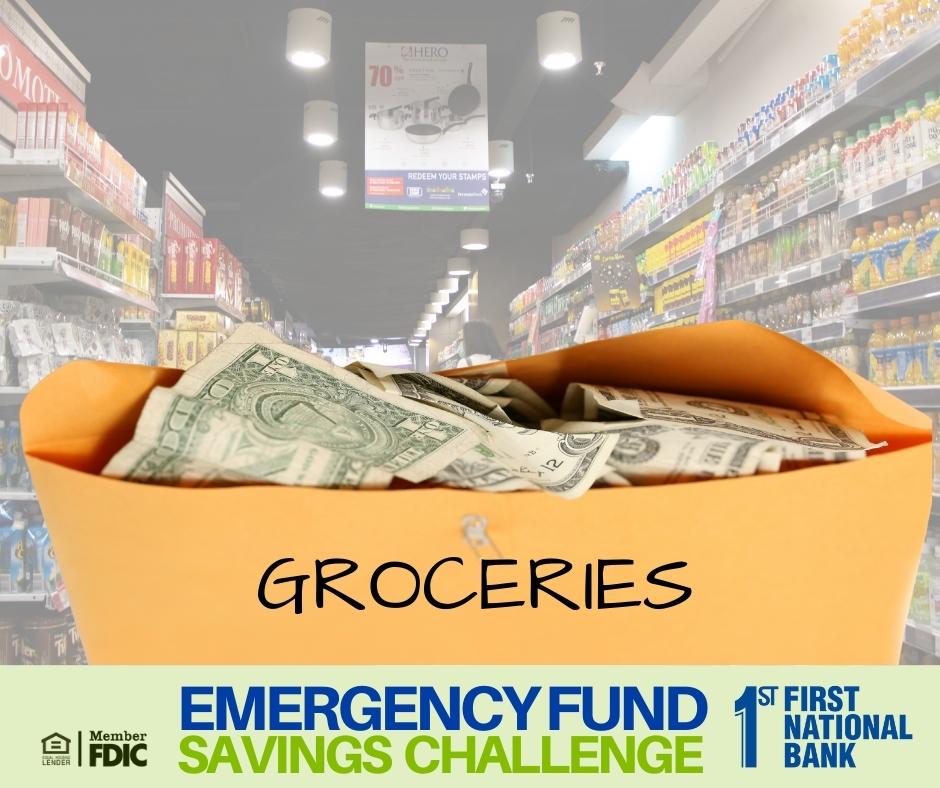
Tip #7: Pay With Cash
An amazing thing happens when you pay with cash rather than your debit card. They call it "mindless spending" when you no longer use cash for purchases. You lose the concept of the value of your money and how hard you work for it.
Try putting $43 per person in cash in an envelope for your weekly groceries. Plan out your shopping list, and when the cash in the envelope is gone, that's it!
You'll be surprised by how much easier it is to stick to the list and avoid putting impulse items in the cart when you have a set amount of cash to spend.
|
Projected Savings
By sticking to a budget and a list, you are projected to save $34 per trip to the grocery store. That's the average amount of impulse spending per shopping occasion.
If you make four trips to the grocery store each month, you're projected to save $136 per month using this method.
It's easy to overspend on impulse items at the grocery store because those splurges aren't typically high ticket items. But they add up quickly.
|
|

Tip #8: Save Money Automatically
Did you know that you can save money without thinking about it? Yup—you can set up your bank account to automatically transfer funds from your checking account into a savings account every month.
If that sounds scary to you, you can also set up your direct deposit to automatically transfer 10% of each paycheck into your savings account. Boom!
Speak to a First National Bank Relationship Banker about "Power Banking."
|
Projected Savings
If you're paid weekly, setting up Power Banking to automatically transfer $25 from checking on paydays and moving it to your savings account results in an average savings of $100 per month or $1,300 a year (52 weeks).
|
|
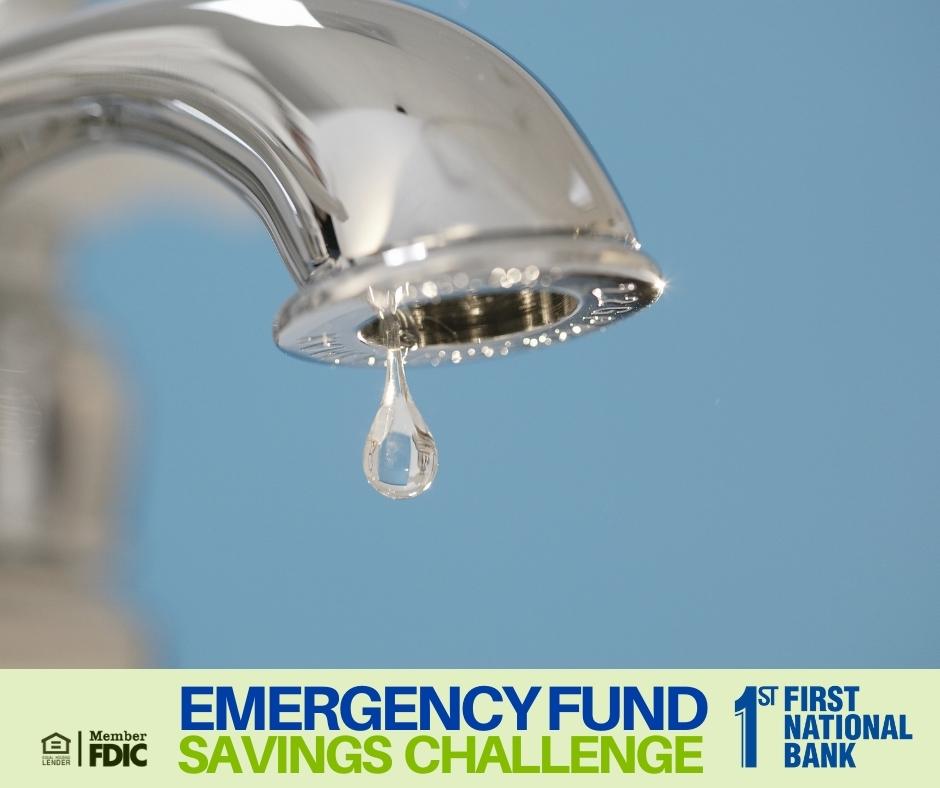
Tip #9: Reduce Your Energy Costs
Did you know that you can save money on your utility bills just by making a few tweaks to your home? Start with some simple things like taking shorter showers (nope, we didn’t say fewer), fixing leaky pipes, washing your clothes in cold tap water, and installing dimmer switches and LED lightbulbs.
|
Projected Savings
A typical leak of 10 drips per minute wastes nearly one gallon per day or 29 gallons per month or a total cost of approximately $1 per month. But if you have a really leaky faucet, you're probably loosing up to 11 gallons per day or 330 gallons a month, that $6 per month.
A running toilet is even more noticeable and will go through 250 gallons in a day, $3.30 a day or $99 per month.
|
|

Tip #10 - Brew Your Own Coffee
The daily drive-thru seems innocent enough, but if you're spending $4 on a coffee every day (and let's be honest, most of us spend more than that), that's $1,460 a year for your caffeine fix. Holy coffee bean!
|
Projected Savings
In just 60 days, you could save $240. That's the cost of a $4 cup of coffee each day.
This is one of those items where $4 doesn't seem like much, but it really adds up over time.
|
|
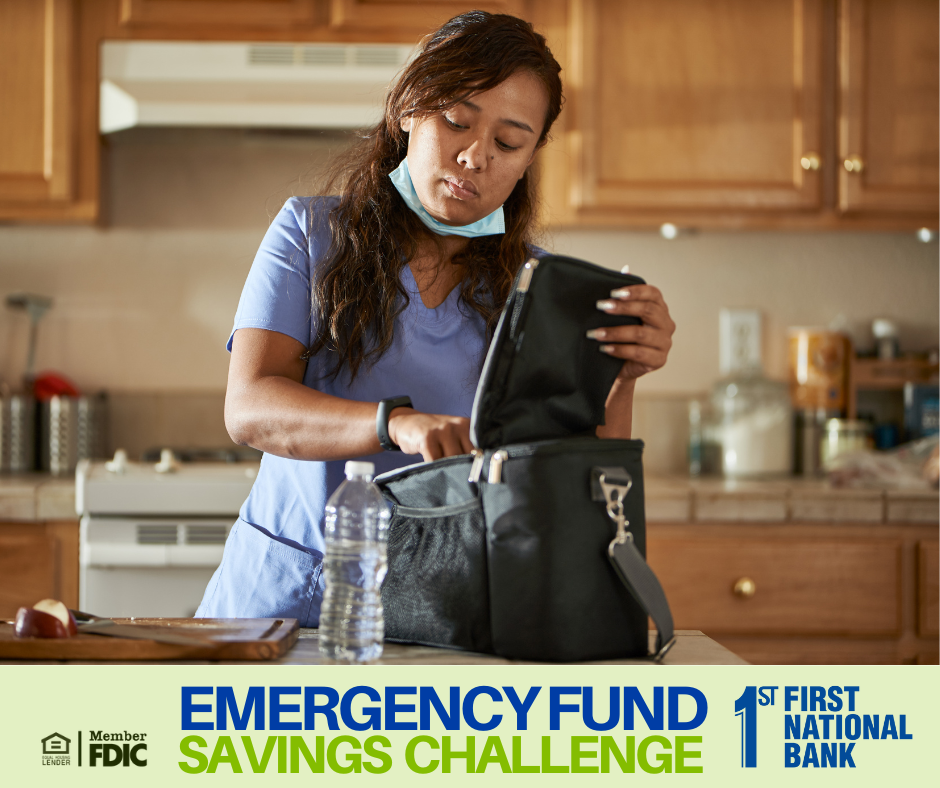
Tip #11 - Pack Your Lunch
Think about it: if you spend $10 on lunch every workday, that's $50 a week - which adds up to $200 a month or $2,400 a year. Ouch!
Believe it or not, packing a lunch takes way less effort than calling in your order, driving there, waiting, paying, picking it up, and driving back. And you could save $10 a day just by packing leftovers or turkey sandwiches. Now that's our idea of saving!
|
Projected Savings
If you spend $10 each workday on lunch, you could save $400 in 60 days. That's nearly the entire $500 you need to start your Emergency Savings account.
|
|

Tip #12 - Prep for Grocery Shopping
Check your pantry and make a shopping list to avoid impulse buying. Explore coupon apps and find coupons for the items on your list. If you shop at Target or Walmart, you can often find additional savings by downloading the store's app.
|
Projected Savings
The average American saves 6.4% (or $1,465 per year) off their household spending using coupons.
|
|
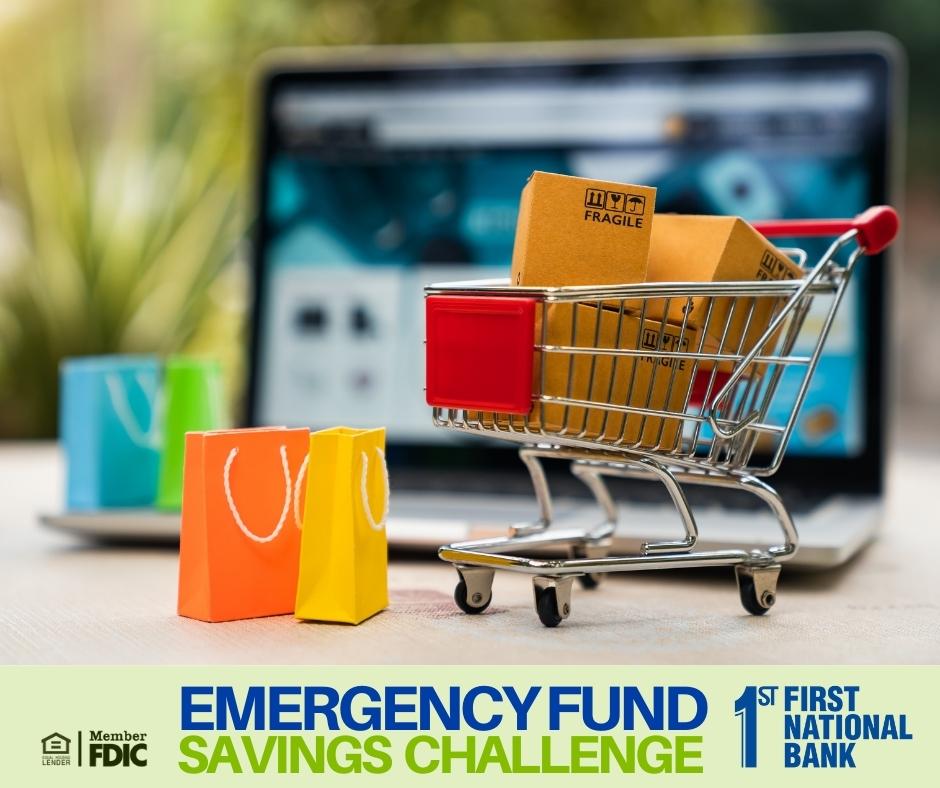
Tip #13 - Make Yourself Wait
Online shopping is effortless and addictive. It's so easy to add a few impulse buys to our carts and spend more than we planned. To slow online spending, implement a mandatory waiting period before you buy online. Before you head to the checkout, give yourself at least 24 hours (some wait 72 hours), then go back to your list to see if you can live without some of the items.
|
Projected Savings
70% of American shop online and spend an average of $3,428 per year/per person. How much you'll save depends on how many items you can avoid purchasing by making yourself wait.
|